Color-coated steel is a common building material with many outstanding advantages, such as resistance to oxidation, thermal insulation, sound insulation, and high aesthetic value. In this article, Stavian Industrial Metal will provide information about the price of color-coated steel, its applications in construction, detailed production process, and the benefits of using color-coated steel.
Color-coated steel, also known as pre-painted steel, is a type of building material manufactured from galvanized steel, coated with an alloy of aluminum-zinc-magnesium, and painted to protect the surface. This color-coating process helps the steel become resistant to oxidation, corrosion and enhances its aesthetic appeal.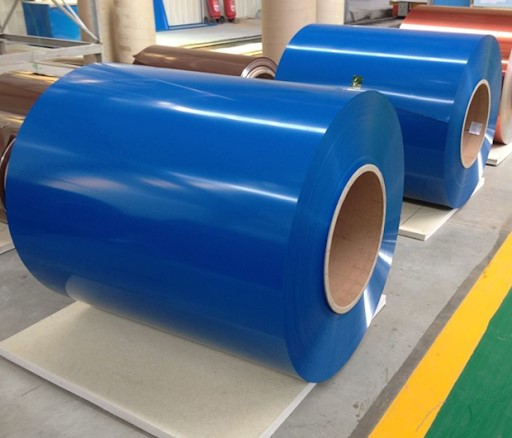
Color-coated steel has various applications and is widely used in the construction and industrial sectors. Here are some common applications of color-coated steel:
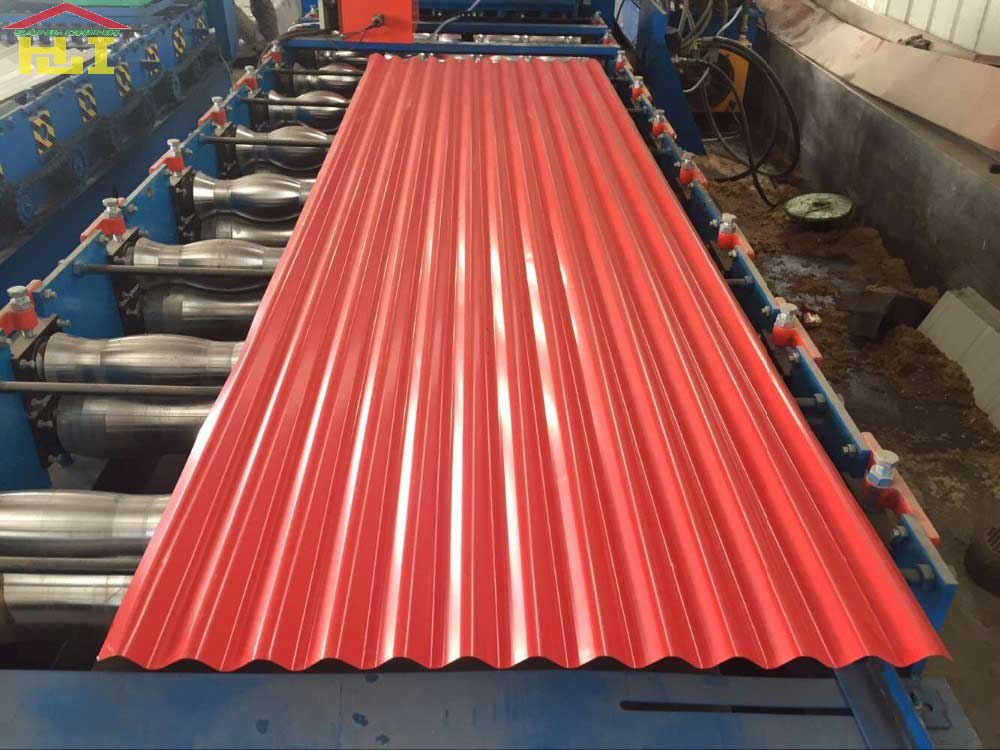
| Benefits |
| Oxidation and corrosion resistance: With its aluminum-zinc-magnesium alloy and color coating, color-coated steel has the ability to resist oxidation and corrosion, protecting it from the impact of water, air, and corrosive elements. |
| High durability and long lifespan: Color-coated steel has high durability and a long lifespan, prolonging the usage time of constructions and reducing maintenance and replacement frequency. |
| Thermal and sound insulation: Color-coated steel has thermal insulation properties, helping to keep the interior of constructions cooler on hot sunny days and warmer in winter. At the same time, it also provides sound insulation, reducing noise from the outside and creating a quiet and comfortable working environment. |
| Easy installation and maintenance: Color-coated steel is lightweight and can be easily cut and bent according to the construction requirements, saving time and installation costs. Additionally, maintaining color-coated steel is simple and cost-effective. |
| High aesthetic value: Color-coated steel comes in a variety of colors and smooth surfaces, enhancing the aesthetic beauty of construction projects. |
By combining corrosion resistance, thermal insulation, sound insulation, and aesthetic appeal, color-coated steel becomes an optimal choice for modern and sustainable construction projects.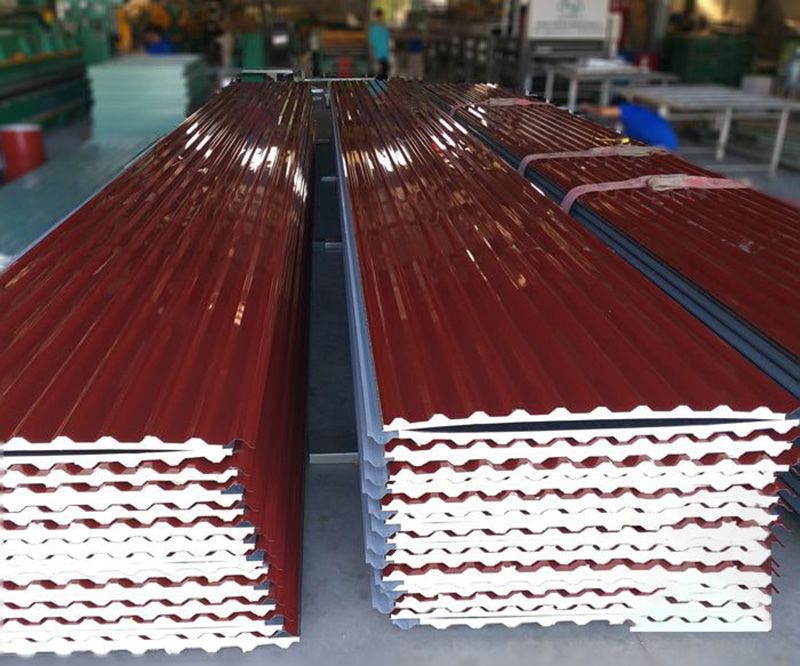
The price of color-coated steel can vary depending on various factors such as geographical location, suppliers, type of steel, thickness, and size of the steel. Here are some specific factors that affect the price of color-coated steel:
For detailed price information, readers can contact Stavian Industrial Metal directly.
The production process of color-coated steel is complex and rigorous, involving several steps from raw material preparation to the final product. Below are the main steps in the production process of color-coated steel:
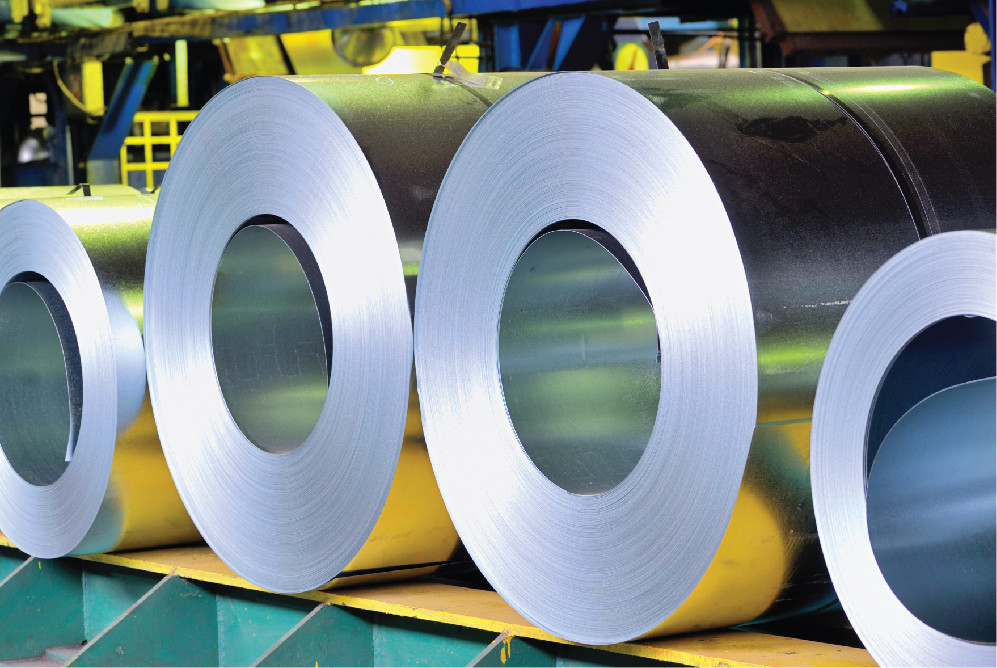
Technology and Equipment Used
The production process of color-coated steel utilizes advanced technology and specialized equipment to ensure high-quality and efficient production. Some common technologies and equipment used include:
This process is conducted under strict standards to ensure quality and meet the diverse demands of the market. The combination of advanced technology and rigorous quality control makes color-coated steel a reliable and popular building material in the current market.
Adhering to quality standards is essential in the production process of color-coated steel to ensure that the products meet technical and safety requirements. Below are some important quality standards in the production and use of color-coated steel:
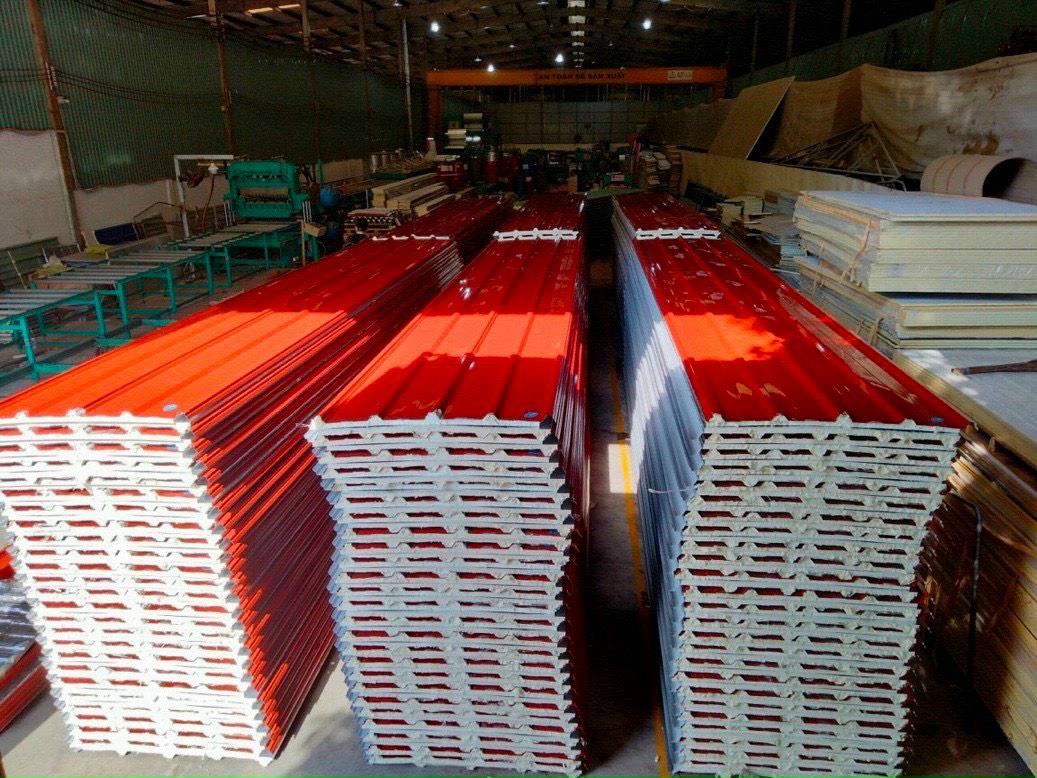
Color Coated Steel Specifications
The size and thickness specifications of color-coated steel depend on the type of steel and the requirements of each construction project. Below are some important parameters to consider in color-coated steel specifications:
Compliance with the specified size and thickness specifications is essential to ensure the durability and safety of color-coated steel during use. Selecting the appropriate specifications for color-coated steel will optimize the efficiency and performance of construction projects.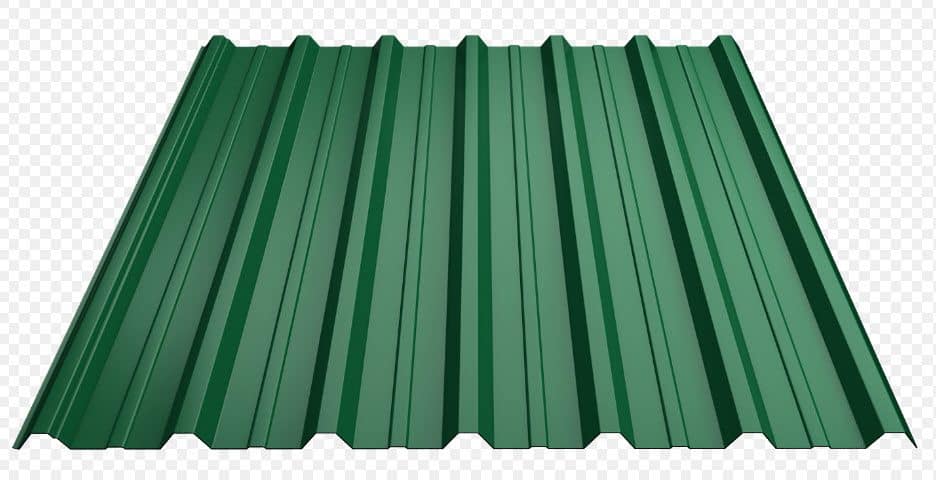
To determine the weight of color-coated steel per square meter (m2), the weight can be calculated based on the sheet’s area and its thickness. The general formula to calculate the weight of color-coated steel per area is as follows:
Weight (kg) = Area (m2) × Thickness (mm) × Density of Color Coated Steel (kg/m2/mm)
The density of color-coated steel (kg/m2/mm) is usually provided by the manufacturer or can be found in the technical documentation of color coated steel.
For example, if we have a color-coated steel sheet with an area of 1m2 and a thickness of 0.5mm, and the density is 7.85 kg/m2/mm, then the weight of the sheet will be:
Weight = 1m2 × 0.5mm × 7.85 kg/m2/mm = 3.925 kg
Calculating the Number of Sheets Based on Weight
Sometimes, users may need to calculate the number of color-coated steel sheets based on the specific weight (kg) they want to use. To calculate the number of sheets based on weight, use the following formula:
Number of Sheets = Weight (kg) ÷ Thickness (mm) ÷ Area (m2)
For example, if a user wants to purchase 100kg of color-coated steel with a thickness of 0.4mm, and the density of color-coated steel is 7.85 kg/m2/mm, then the number of sheets needed will be:
Number of Sheets = 100kg ÷ 0.4mm ÷ 7.85 kg/m2/mm ≈ 32 sheets
Note that in the calculation process, it is necessary to take the integer part of the result to round up the number of color-coated steel sheets to be purchased.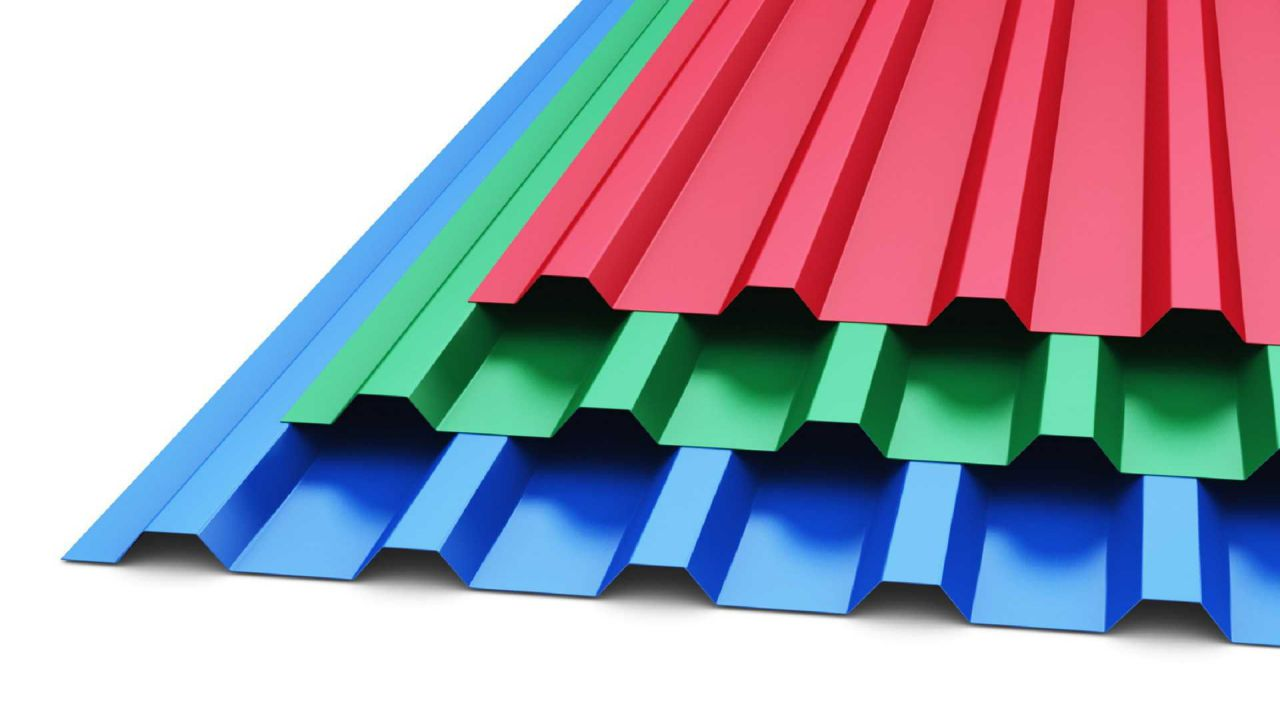
Color-coated steel is an excellent choice for construction projects, meeting various requirements for sustainability and high applicability. Through this article, we have learned about pricing, diverse applications, modern production processes, and the superior benefits of this material. To ensure efficiency and cost savings in using color-coated steel, users need to understand quality standards, specifications, and choose reliable suppliers.
Learn More
Electro-galvanized Steel (Electro-Galvanized Coil) – What is it? Applications, Pricing, Advantages
Galvanized Steel – What is it? Information on Pricing, Dimensions, Standards, Weight
Address
Website: https://stavianmetal.com
Email: info@stavianmetal.com
